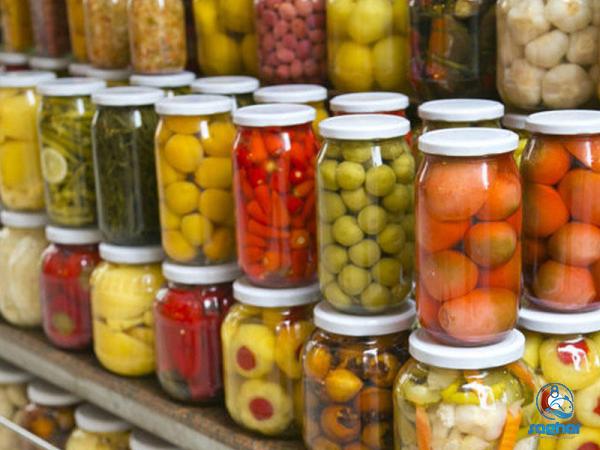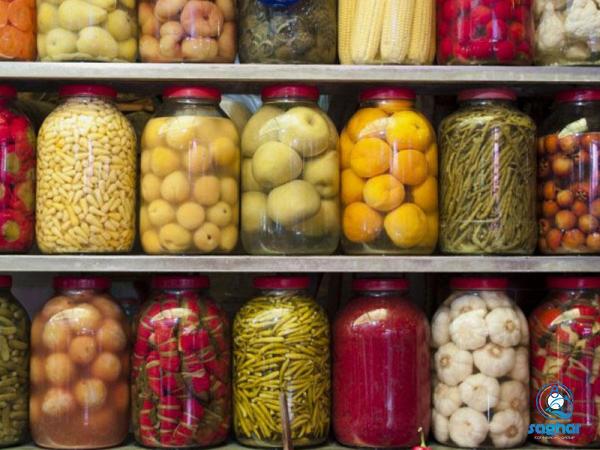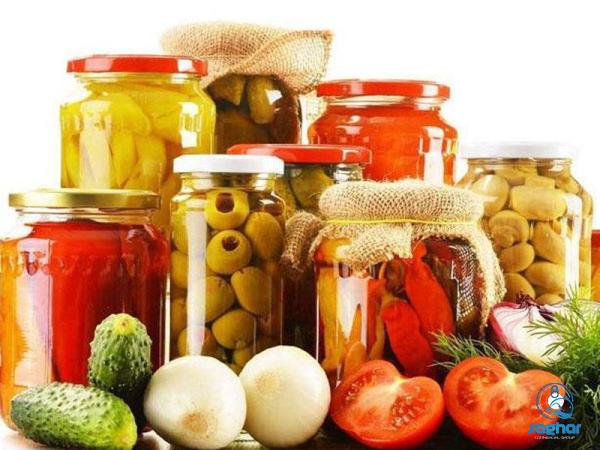Title: The Price of Home Canned Foods: From Production to Consumption Introduction: Home canning has become increasingly popular in recent years, with more people embracing the idea of preserving their own food at home. The process of canning not only allows individuals to enjoy the fruits of their labor throughout the year but also comes with various economic advantages. This article explores the cost factors involved in home canning, from the production stage to consumption, providing insights into its monetary benefits and considerations. 1. Production Stage: 1.1. Equipment and Supplies: The initial cost of home canning is typically associated with the purchase of canning equipment and supplies. Key items include canners, jars, lids, funnel, tongs, and various utensils. While these upfront costs can vary depending on the desired scale of home canning, they are typically considered as long-term investments that can be utilized for several seasons.

Canned foods
 1.2. Ingredients: The cost of ingredients for home canning is influenced by factors such as location, availability, and personal preferences. Growing your own produce can significantly reduce initial costs, while buying in bulk can save money in the long run. Additionally, seasonal produce tends to be more affordable, making it a cost-effective choice for home canning. Considerations should also be made for the cost of spices, sweeteners, and other flavor enhancers. 2. Processing Stage: 2.1. Energy Consumption: Home canning requires the use of energy for heating water during the processing stage. The energy cost varies based on the type of canner used (stovetop or electric) and the duration of the processing. While this cost is relatively small, it should be factored in when calculating the overall price of home-canned foods.
1.2. Ingredients: The cost of ingredients for home canning is influenced by factors such as location, availability, and personal preferences. Growing your own produce can significantly reduce initial costs, while buying in bulk can save money in the long run. Additionally, seasonal produce tends to be more affordable, making it a cost-effective choice for home canning. Considerations should also be made for the cost of spices, sweeteners, and other flavor enhancers. 2. Processing Stage: 2.1. Energy Consumption: Home canning requires the use of energy for heating water during the processing stage. The energy cost varies based on the type of canner used (stovetop or electric) and the duration of the processing. While this cost is relatively small, it should be factored in when calculating the overall price of home-canned foods.
Specifications of canned food
 2.2. Time and Labor: Another important consideration when evaluating the price of home-canned foods is the time and labor invested. The processing stage, which involves preparing the produce, sterilizing the jars, and filling them, can be time-consuming. However, many enthusiasts find this process rewarding, as it allows for customization of flavors and the satisfaction of self-sufficiency. 3. Storage and Preservation: 3.1. Shelves and Storage Space: Home-canned foods require appropriate storage space to maintain their quality and safety. Factors such as shelving units, storage jars, and temperature control play a crucial role in preserving the canned goods. The initial investment cost for these storage solutions should be considered, although they are also long-term assets that can be used for subsequent canning seasons.
2.2. Time and Labor: Another important consideration when evaluating the price of home-canned foods is the time and labor invested. The processing stage, which involves preparing the produce, sterilizing the jars, and filling them, can be time-consuming. However, many enthusiasts find this process rewarding, as it allows for customization of flavors and the satisfaction of self-sufficiency. 3. Storage and Preservation: 3.1. Shelves and Storage Space: Home-canned foods require appropriate storage space to maintain their quality and safety. Factors such as shelving units, storage jars, and temperature control play a crucial role in preserving the canned goods. The initial investment cost for these storage solutions should be considered, although they are also long-term assets that can be used for subsequent canning seasons.
buy canned food
 3.2. Shelf Life: The length of time home-canned foods can be stored without degradation is an essential factor in assessing their overall cost. Canned goods prepared with proper procedures and quality ingredients can last for years. This exceptional shelf life reduces food waste and subsequently saves money that may have been spent on store-bought alternatives. 4. Consumption Stage: 4.1. Nutritional Value and Quality: One of the significant benefits of home canning is the ability to control the quality and nutritional value of foods. By handpicking and canning fresh produce at the peak of its ripeness, individuals can ensure that their home-canned foods are nutrient-rich and free from additives or preservatives. This high nutritional value can be considered an added economic advantage, as it guarantees the health benefits of consuming home-canned foods. 4.2. Quantity and Flexibility: Home canning provides the flexibility to tailor the quantity of preserved food to personal needs. This allows individuals to optimize their grocery shopping and food consumption habits, resulting in potential cost savings. Moreover, the ability to create custom recipes and experiment with flavors enables individuals to personalize their preserved foods, providing a unique culinary experience. Conclusion: The process of home canning offers a range of cost factors throughout its various stages, from production to consumption. While there are upfront expenses involved in purchasing equipment and supplies, the long-term benefits outweigh the initial investment. With proper planning, home canning can prove to be a cost-effective way to preserve fresh produce, reduce food waste, and enjoy nutrient-rich foods throughout the year. By taking into account the associated costs and benefits, individuals can make informed decisions when considering home canning as an economic and sustainable option.
3.2. Shelf Life: The length of time home-canned foods can be stored without degradation is an essential factor in assessing their overall cost. Canned goods prepared with proper procedures and quality ingredients can last for years. This exceptional shelf life reduces food waste and subsequently saves money that may have been spent on store-bought alternatives. 4. Consumption Stage: 4.1. Nutritional Value and Quality: One of the significant benefits of home canning is the ability to control the quality and nutritional value of foods. By handpicking and canning fresh produce at the peak of its ripeness, individuals can ensure that their home-canned foods are nutrient-rich and free from additives or preservatives. This high nutritional value can be considered an added economic advantage, as it guarantees the health benefits of consuming home-canned foods. 4.2. Quantity and Flexibility: Home canning provides the flexibility to tailor the quantity of preserved food to personal needs. This allows individuals to optimize their grocery shopping and food consumption habits, resulting in potential cost savings. Moreover, the ability to create custom recipes and experiment with flavors enables individuals to personalize their preserved foods, providing a unique culinary experience. Conclusion: The process of home canning offers a range of cost factors throughout its various stages, from production to consumption. While there are upfront expenses involved in purchasing equipment and supplies, the long-term benefits outweigh the initial investment. With proper planning, home canning can prove to be a cost-effective way to preserve fresh produce, reduce food waste, and enjoy nutrient-rich foods throughout the year. By taking into account the associated costs and benefits, individuals can make informed decisions when considering home canning as an economic and sustainable option.

Your comment submitted.